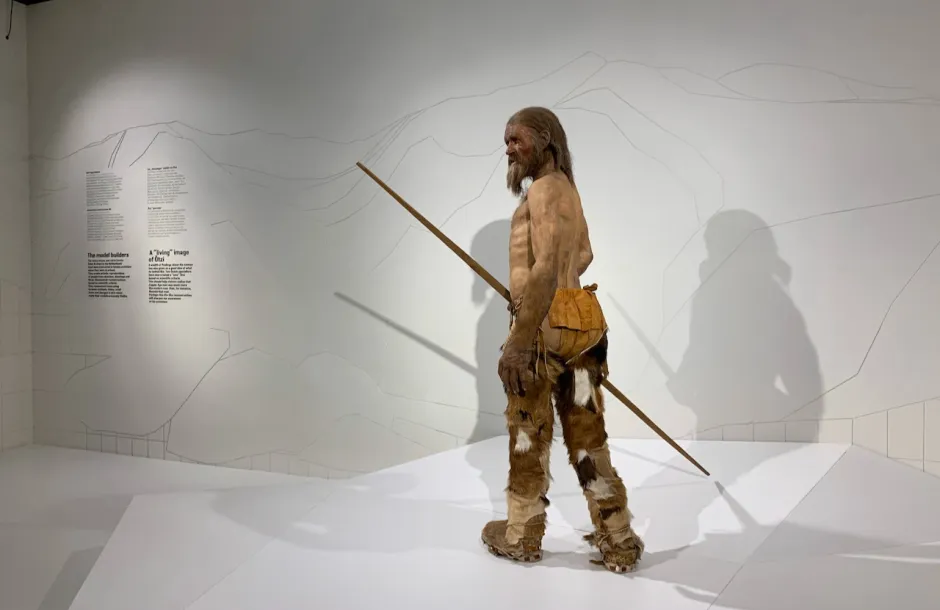Uncovering an Ancient Mystery
In 1991, two hikers in the Ötztal Alps on the Austria-Italy border stumbled upon a remarkable find—an exceptionally well-preserved mummy emerging from the ice. Dubbed Ötzi the Iceman, this discovery provided an unprecedented glimpse into life over 5,000 years ago during the Copper Age.
A Glimpse into the Past
Ötzi's remains were found alongside an array of artifacts, including tools, clothing, and weapons, shedding light on the daily existence and survival strategies of early Europeans. His well-preserved state has allowed scientists to conduct extensive studies, revealing significant details about his diet, health, and even his last moments.
Preserved Tools and Weapons
Among the most fascinating items discovered with Ötzi were his tools and weaponry. He carried a copper-bladed axe, a longbow with unfinished arrows, a flint knife, and a quiver. These items not only demonstrate advanced craftsmanship but also indicate the technological advancements of Copper Age societies. The copper axe, in particular, suggests a high-status individual, as such tools were rare and valuable.
Clothing and Gear for Survival
Ötzi’s attire was meticulously designed for protection against the harsh alpine climate. His clothing consisted of a woven grass cloak, a coat and leggings made from goat hide, and shoes constructed from bearskin and deerskin stuffed with grass for insulation. These garments reflect the resourcefulness of prehistoric communities in adapting to their environment.
Insights into Copper Age Life
Through scientific analysis, researchers have reconstructed aspects of Ötzi’s lifestyle, health, and even his final days. His stomach contents revealed a diet of grains, meat, and herbs, while his body showed signs of arthritis, parasites, and even ancient tattoos—possibly used for therapeutic purposes. Further forensic evidence suggests he met a violent end, likely dying from an arrow wound in his shoulder, raising intriguing questions about social conflicts during his time.
A Legacy for Science and History
Ötzi the Iceman remains one of the most significant archaeological discoveries of the 20th century. His remains continue to offer invaluable insights into early European societies, their technologies, and their daily struggles for survival. As scientific methods advance, Ötzi’s story continues to evolve, providing an ever-clearer picture of life during the Copper Age.







